
Herculaneum
Before I launch into a history lesson on Herculaneum, I want to share with you, the driving experience in Italy …. I remember from my previous visits that they drive like lunatics and hence was dreading driving in Italy, however – it was all very civilised to start. I did suspect that things would change when we got down “south”. Well, I was right … pretty much the second we left Rome, we were stuck in traffic jams crawling through villages until we finally made it to the toll road where it was bumper to bumper for miles. Every Italian, his wife, mistresses and children it appears were off south for the weekend/summer holidays.
But what really took the cake was witnessing what must be the most idiotic and dangerous manoeuvre I’ve ever seen. And remember, I spent the first 26 years of my life in Africa where they use monkey wrenches instead of steering wheels and cram 30 people in a 9 seater vehicle and road death tolls are around 14,000 per year… all 3 lanes of the motorway are full but still moving at about 100kms/hr, when along comes idiot in the far left (fastest) lane and decides he is going to squeeze between the two cars in the left and middle lane!!! In other words, where there is NO lane, and they let him do it!!!
Anyway, rant over – back to Herculaneum, which if you don’t know is close to Pompeii … and Mount Vesuvius.
The discovery of Herculaneum occurred by accident in 1709. A worker in Resina, drilling into the ground to build a well for a monastery, hit some rare marble and other materials.
Although it was smaller than Pompeii, Herculaneum was a wealthier town. Apparently, it was a popular seaside retreat for the rich and famous of Rome, which is why there is an extraordinary number of grand and luxurious houses with the lavish use of coloured marble cladding. Famous buildings of the ancient city include the so-called “boat houses”, in which the skeletal remains of at least 300 people were found. These boat houses were on what used to be the coast and they were awaiting rescue by boat.
The town of Herculaneum was better preserved than Pompeii because, after the first eruption, it was covered in approx 20m of ash whereas Pompeii was hit by heavy falling debris. Both were then covered in lava flows from the subsequent eruptions 12 hours later.
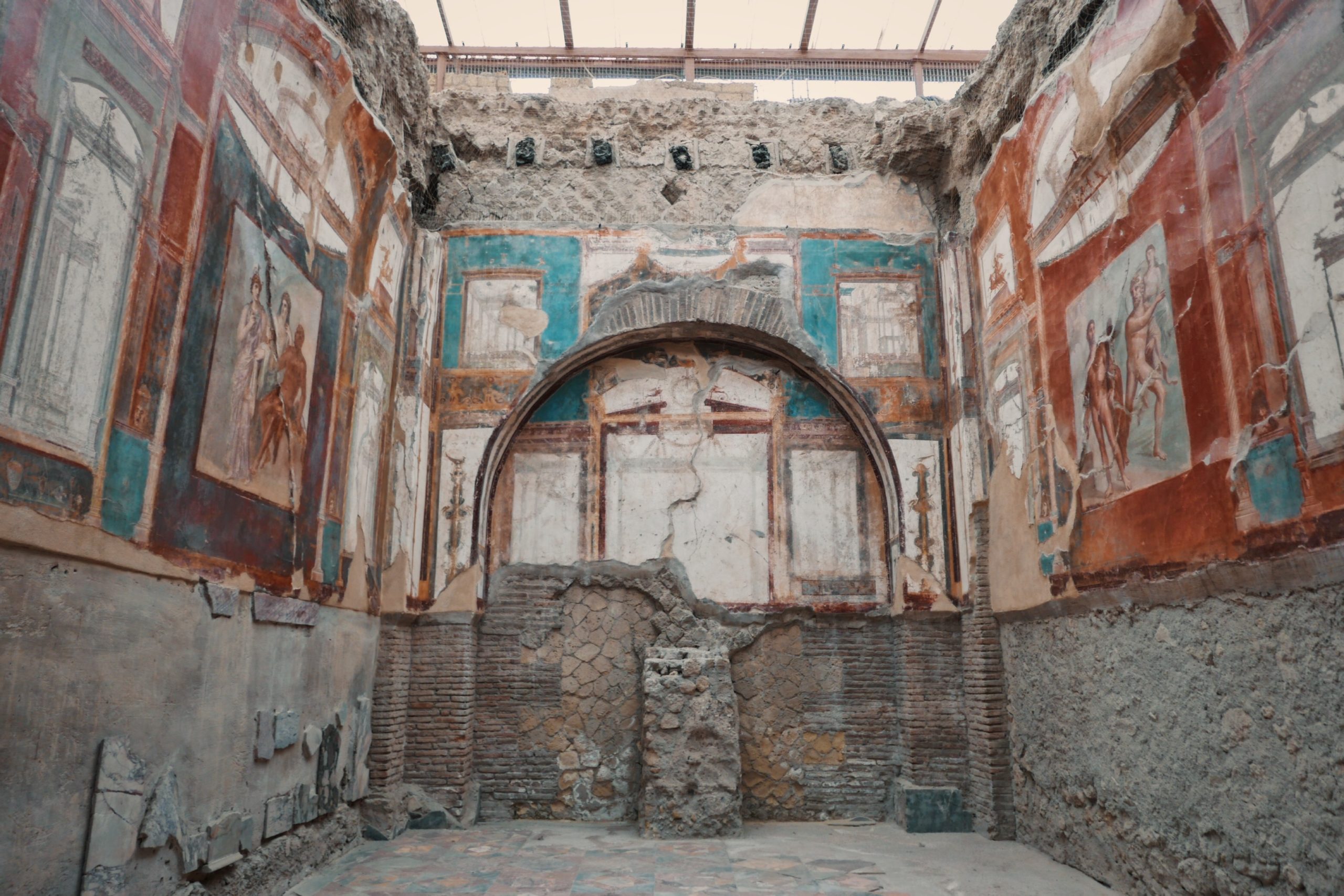
Many of the houses/buildings had marble or intricate mosaic tiled floors, tiled fireplaces and frescoes.





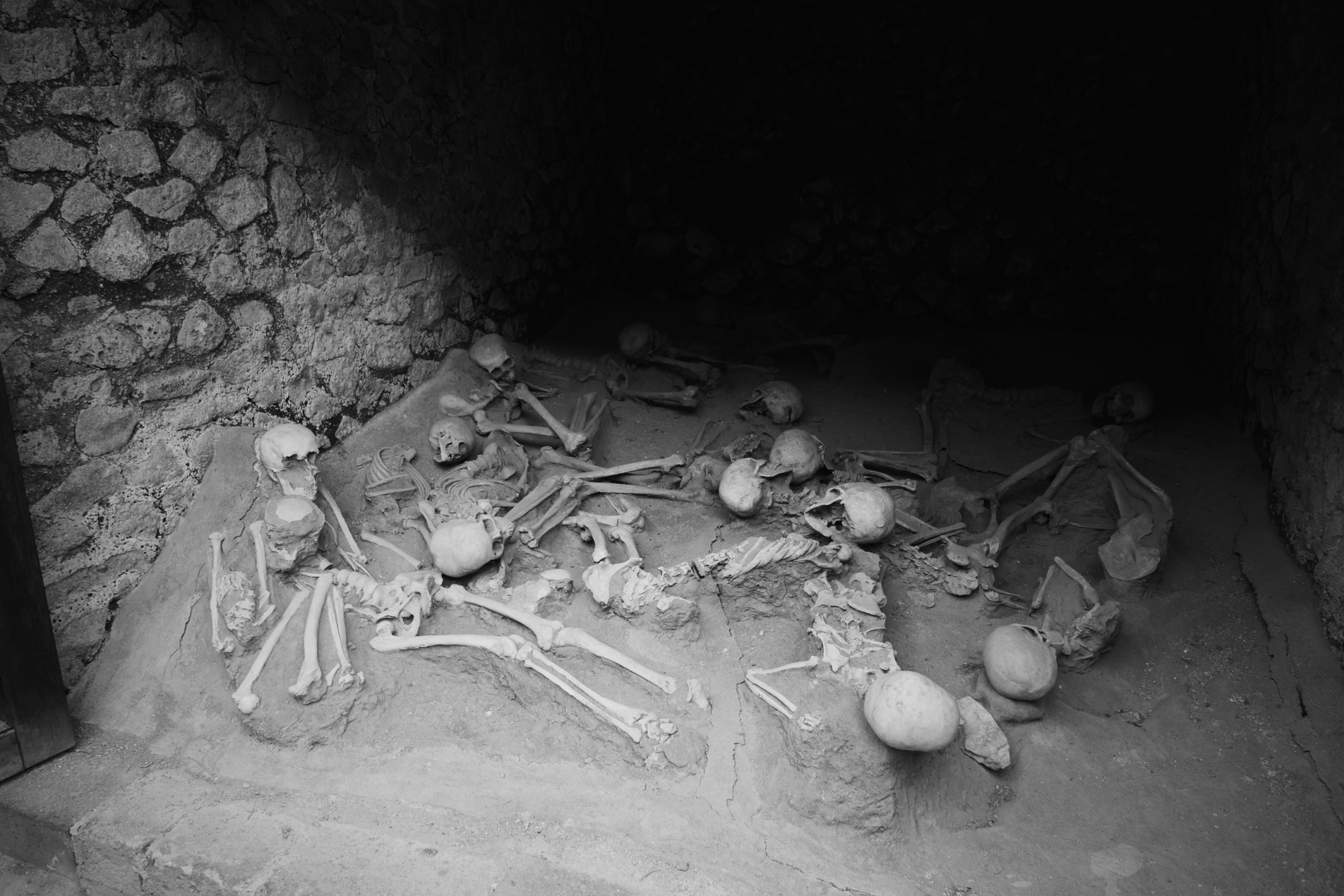
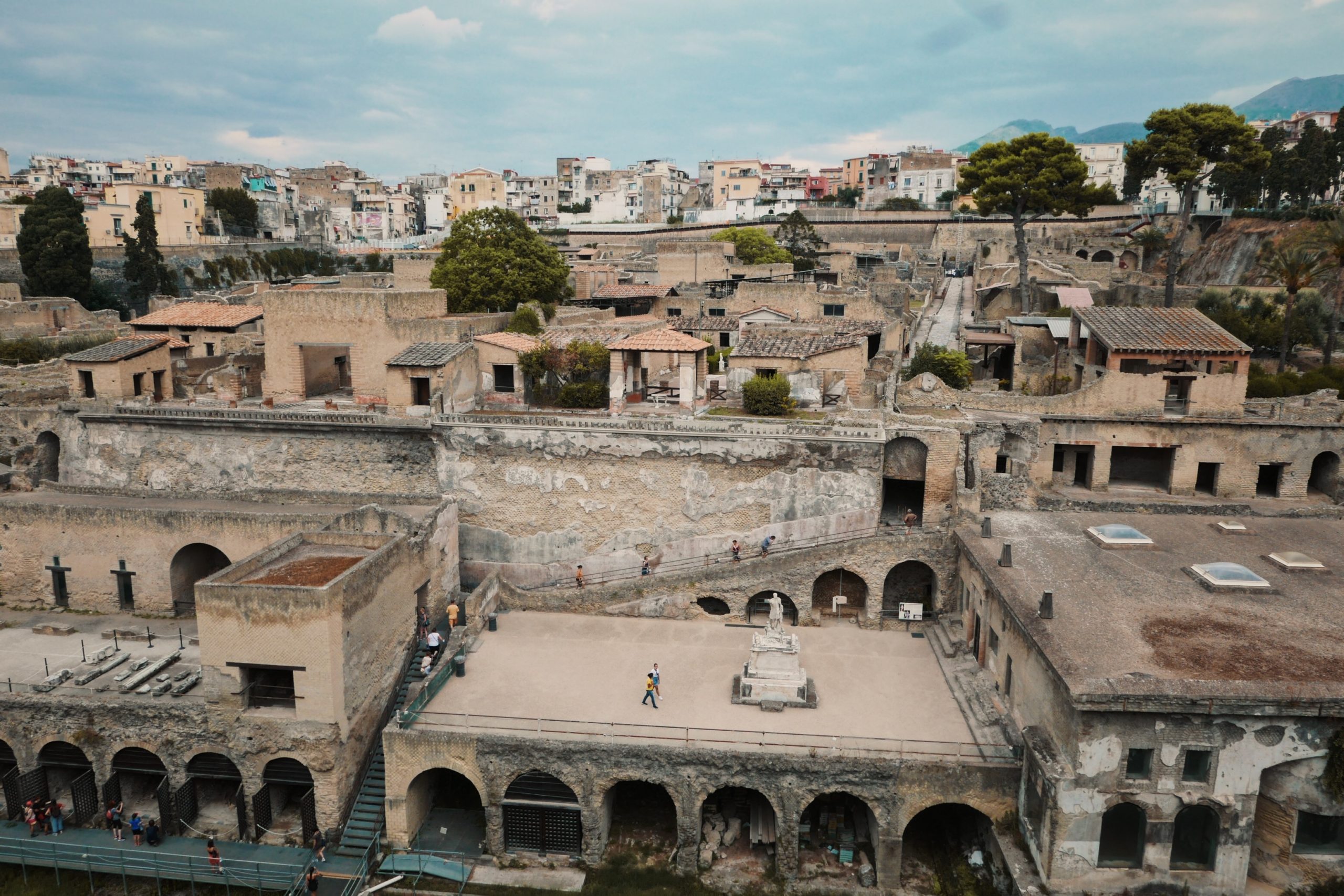
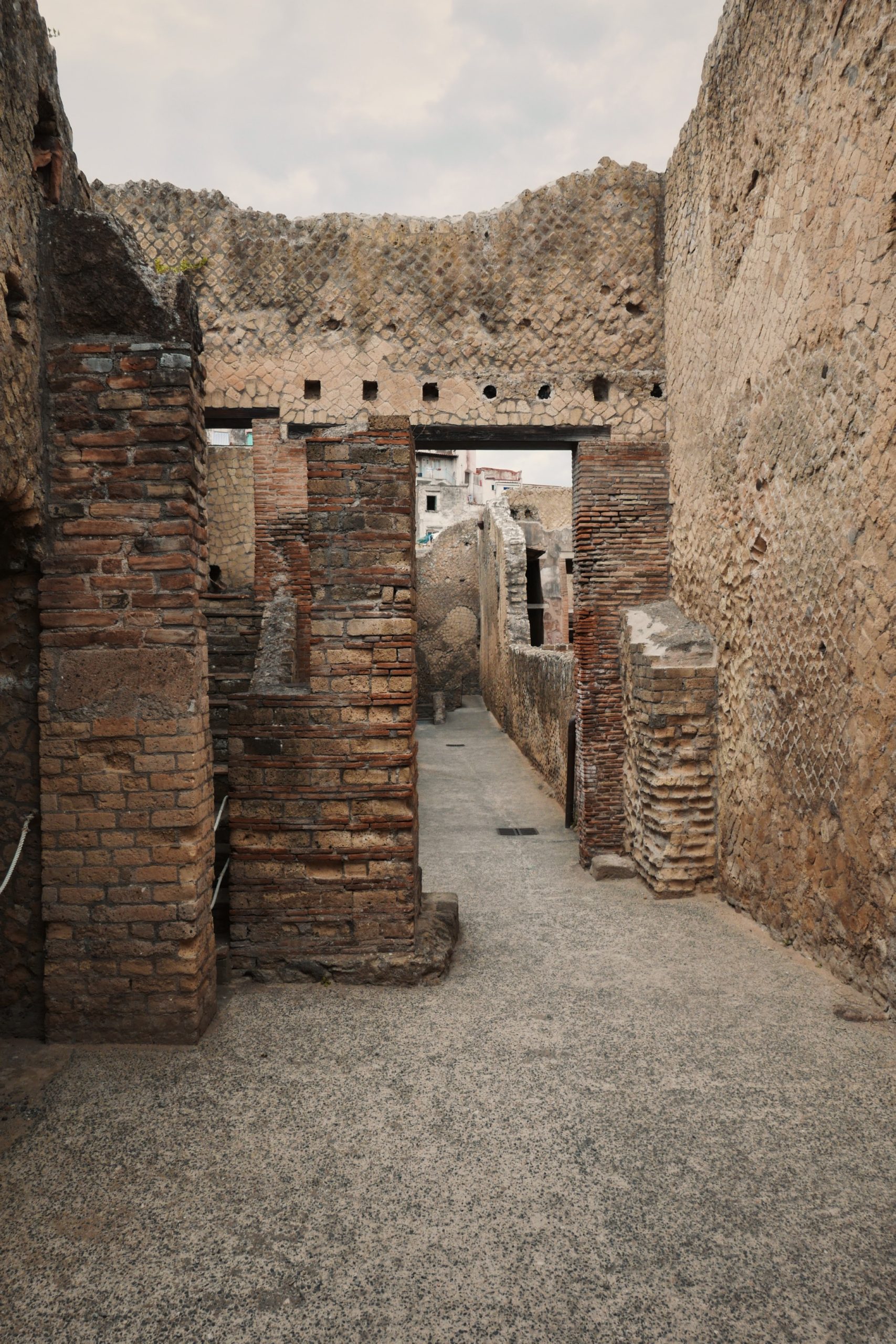
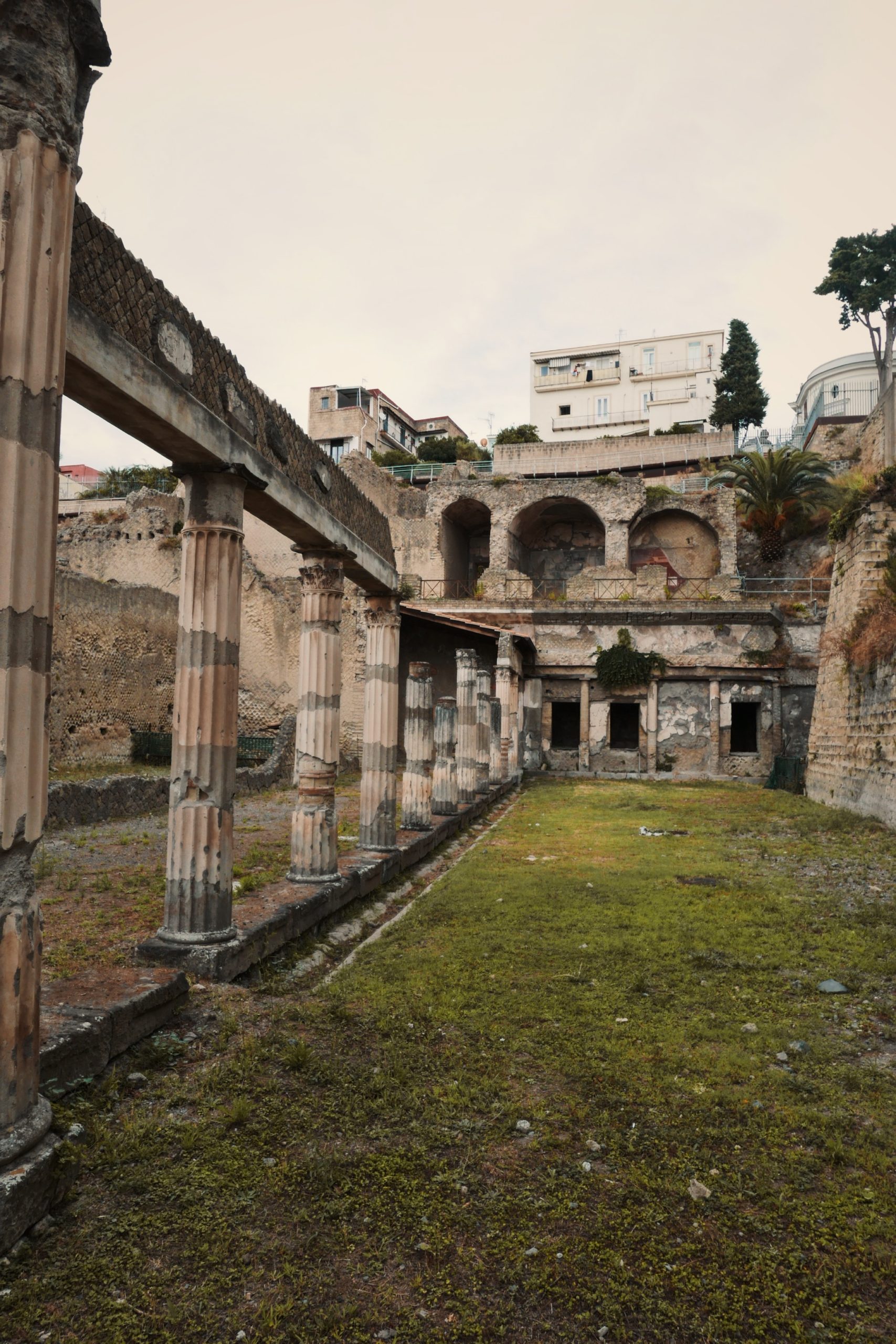


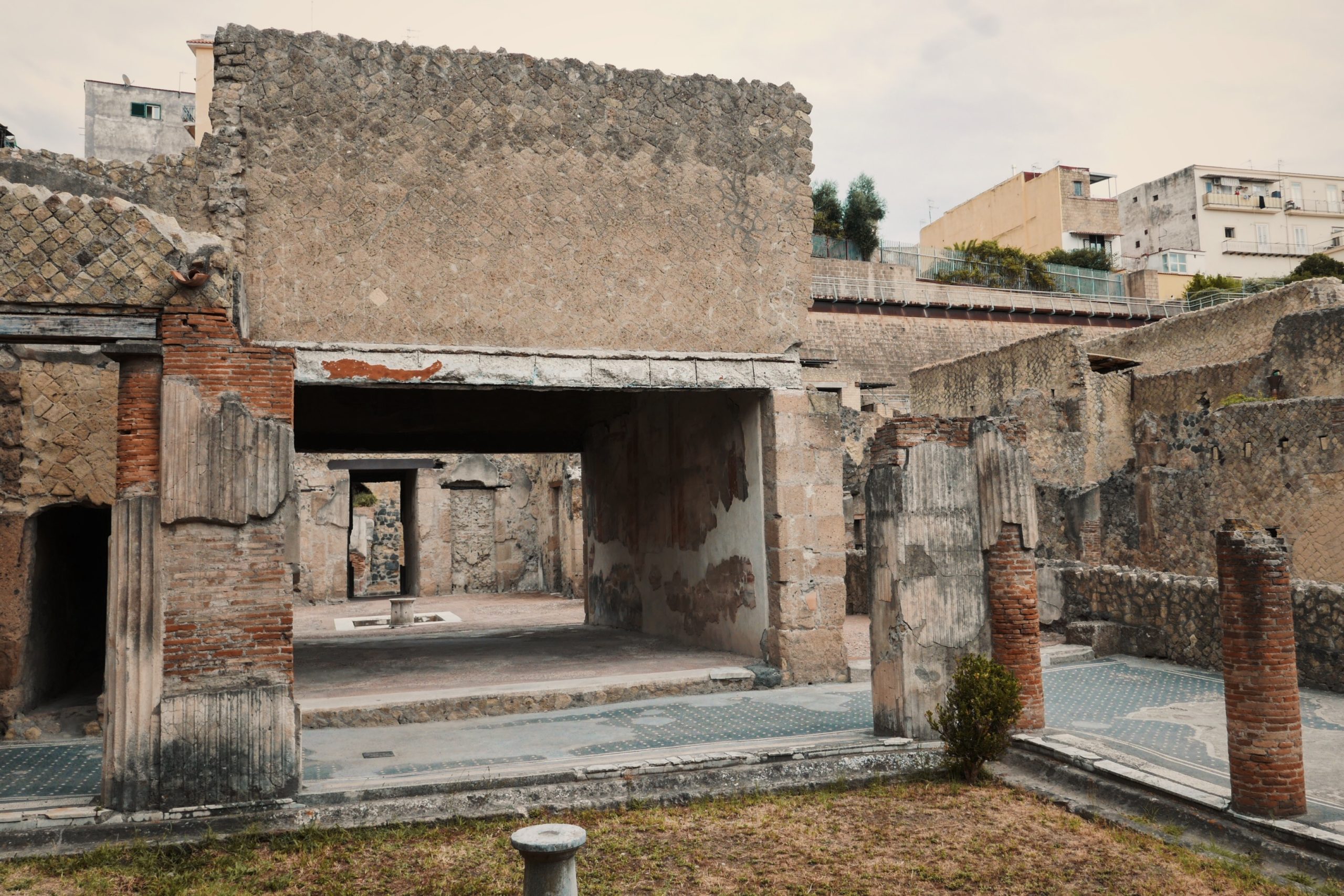
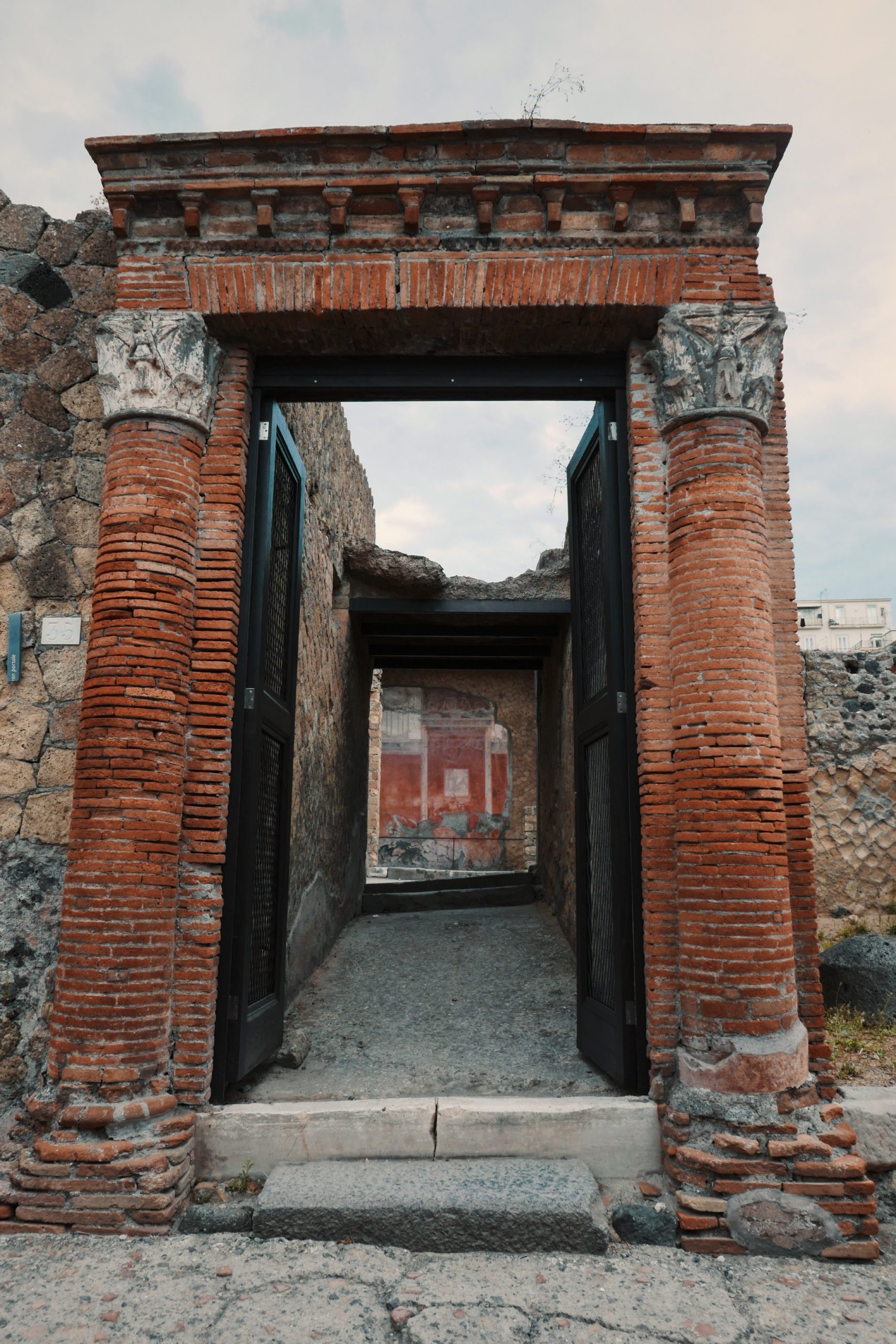



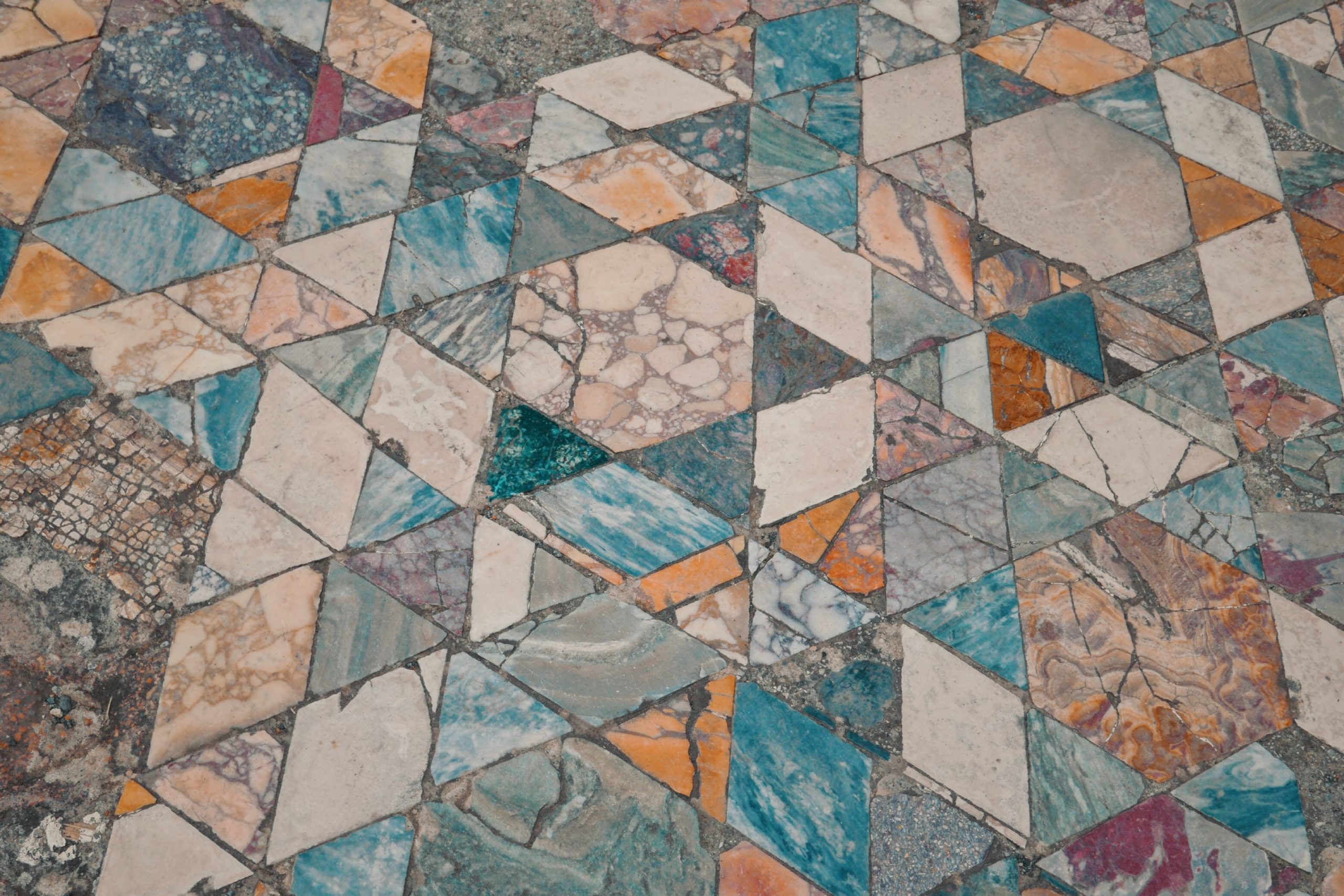
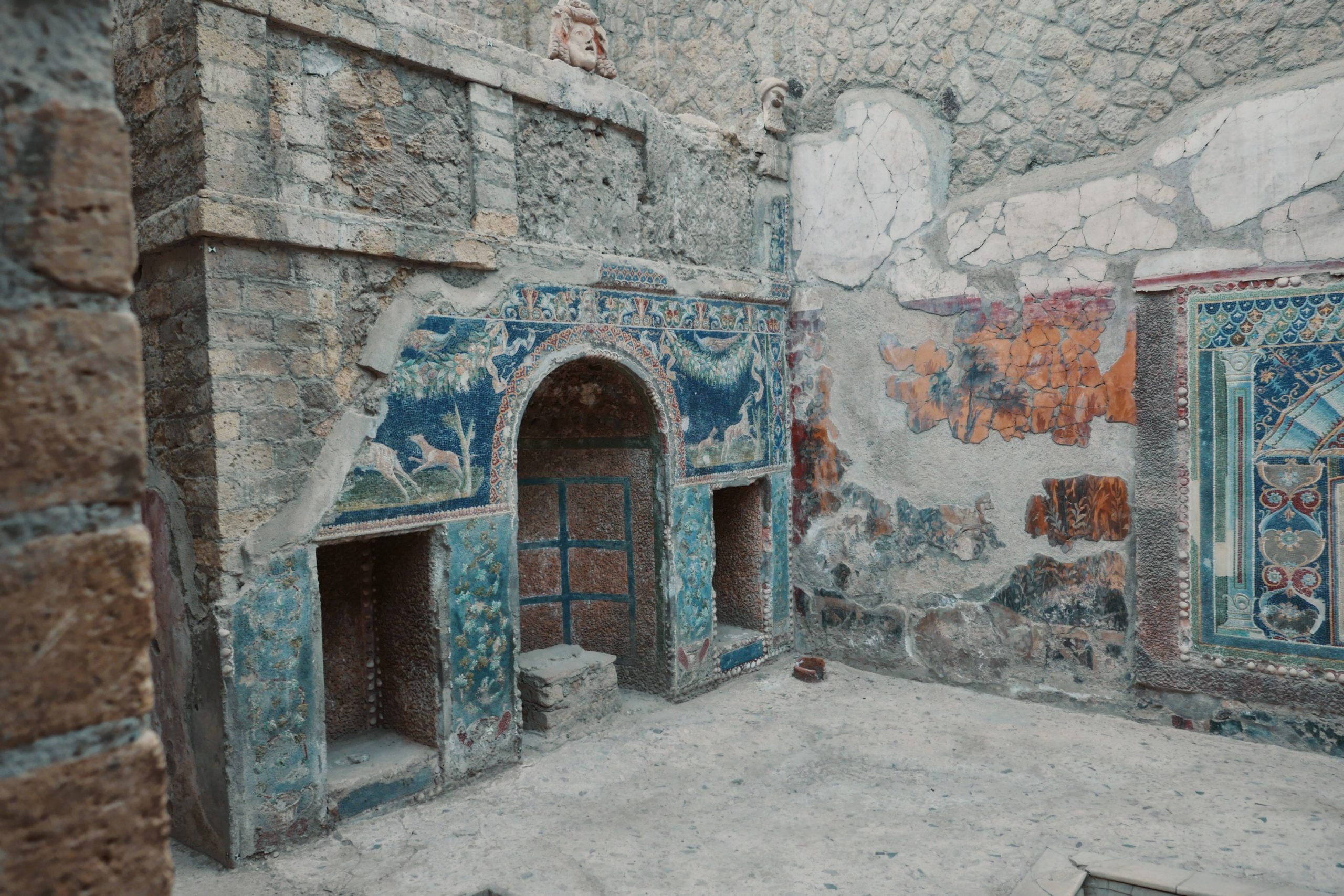

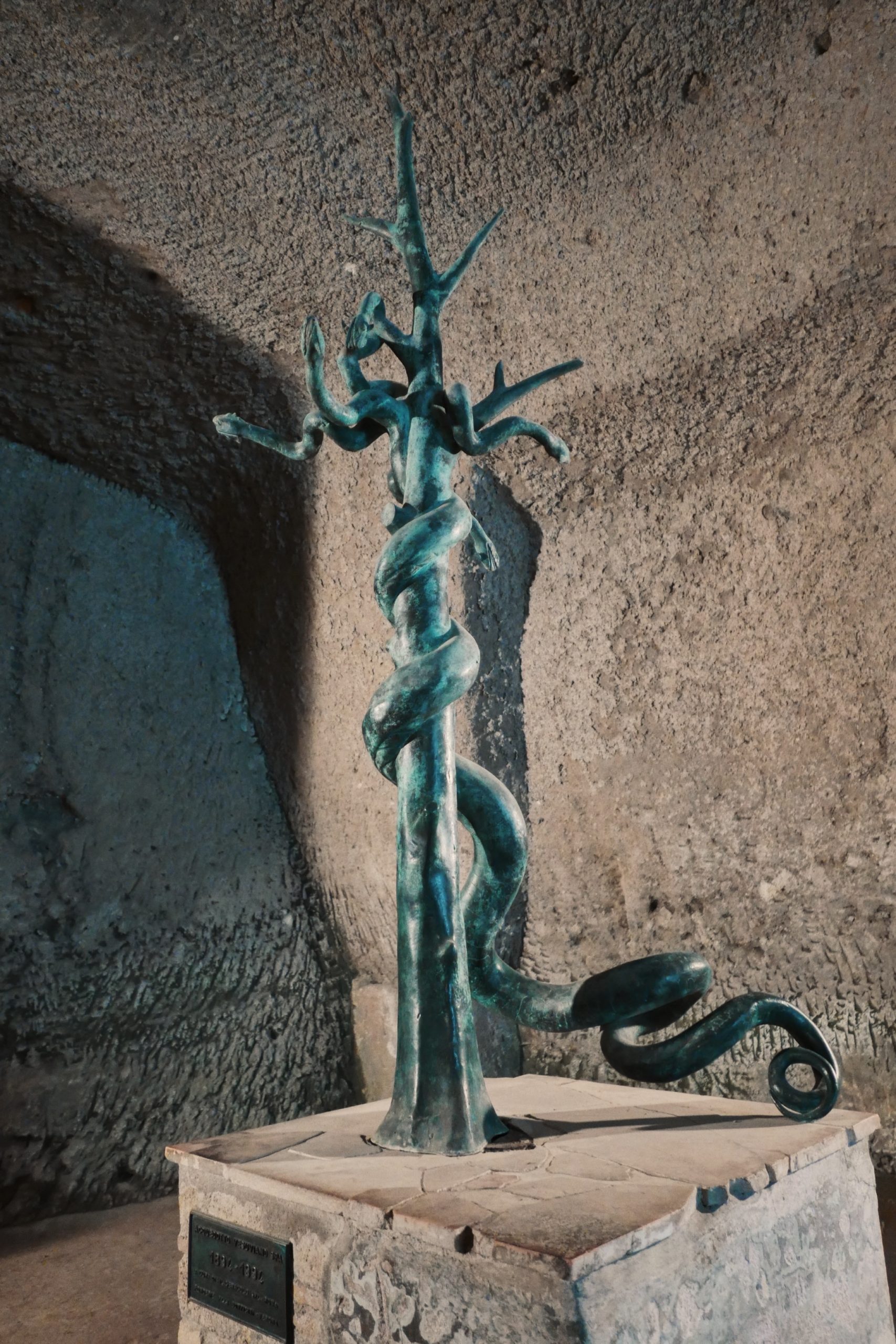

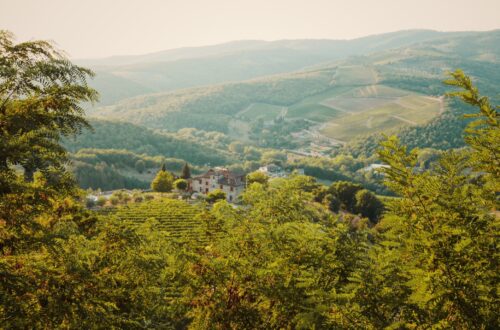
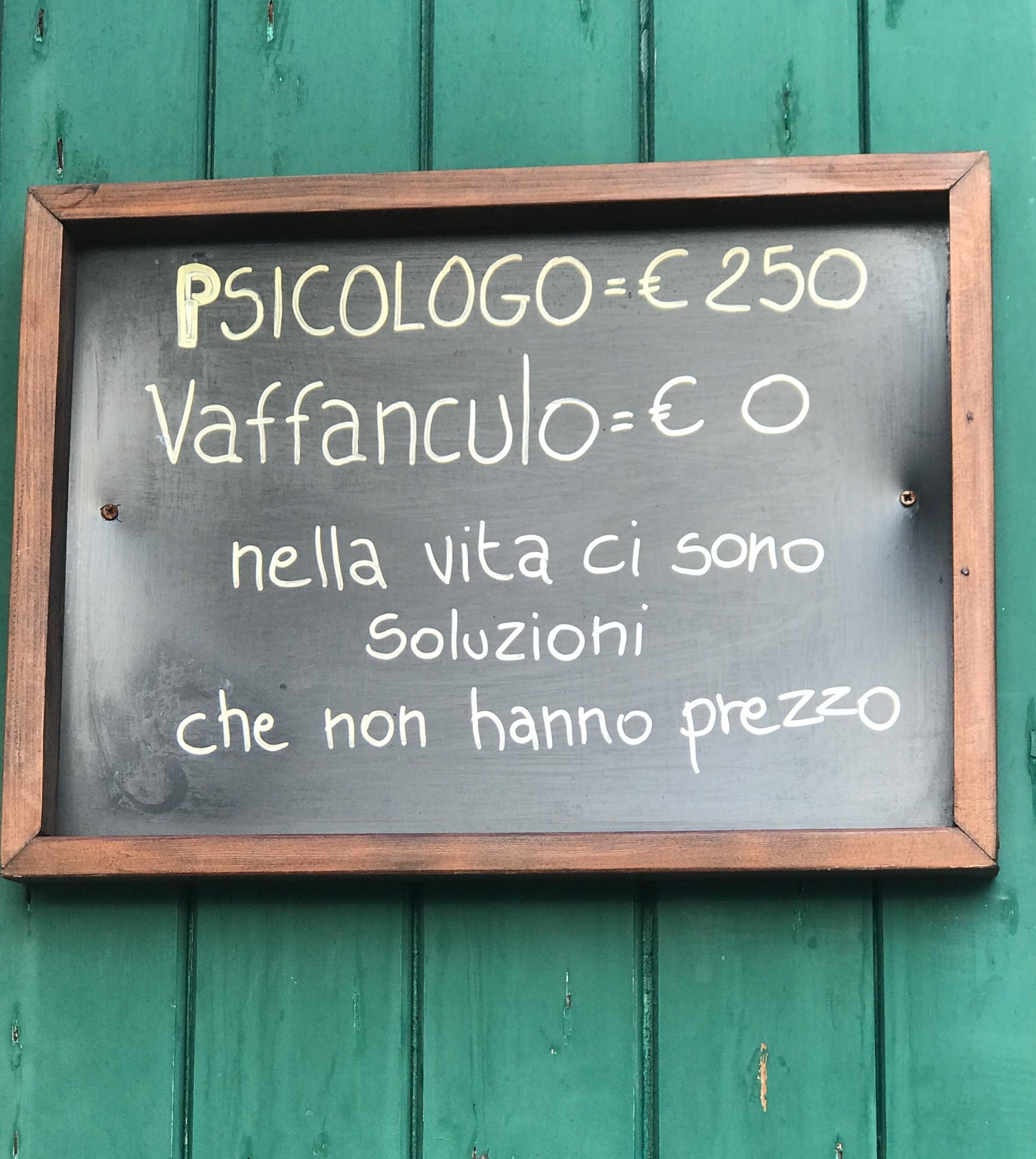
3 Comments
Lynda Maxwell
Really fascinating. I think you are very brave to drive overseas.
Diane Cooper
Wow! What an amazing place! I think I’d like to go there – although someone else can drive. I’m not a fan of driving overseas – unless it’s calm!
Patricia Forner
How fascinating that the colors of the tiles remain so vivid after so many centuries. Love the aquamarine tiles. When we lived in Skopje, years ago, we visited the Heraculeam south of us. “All roads lead to Rome” is not with out its own history. There is one grand Roman road cutting through Macedonia, that eventually ends up in Turkey somewhere.